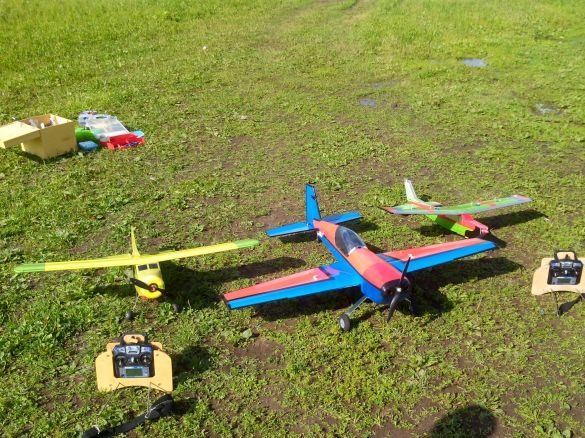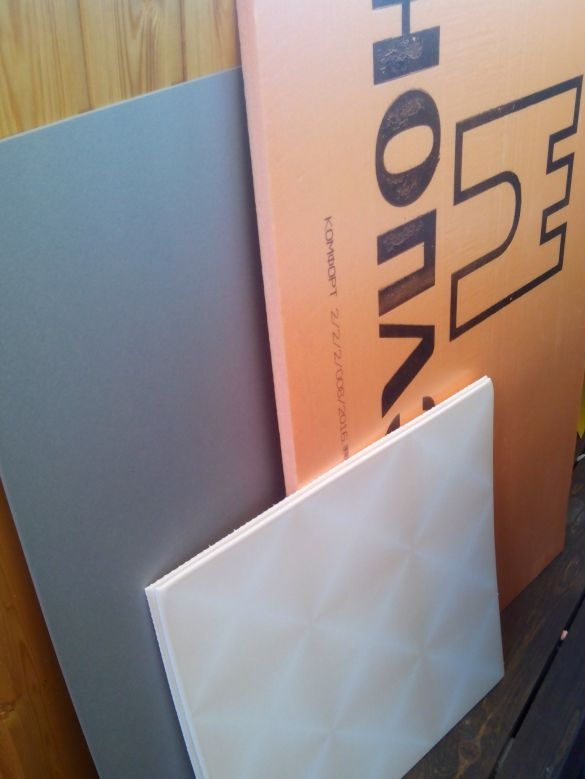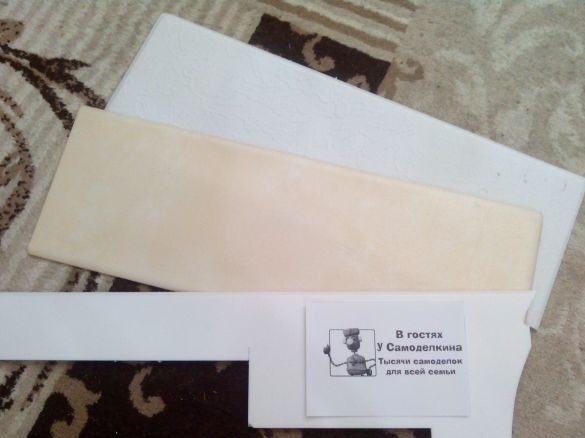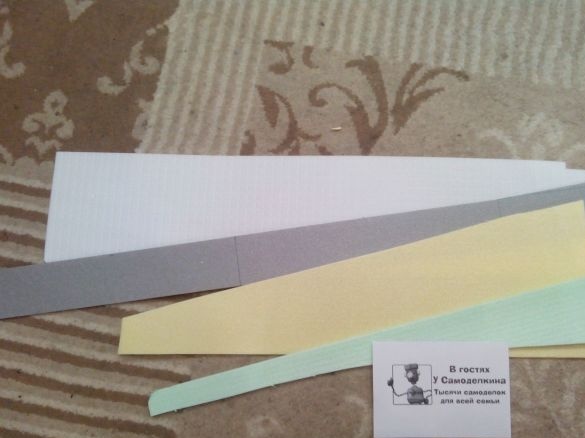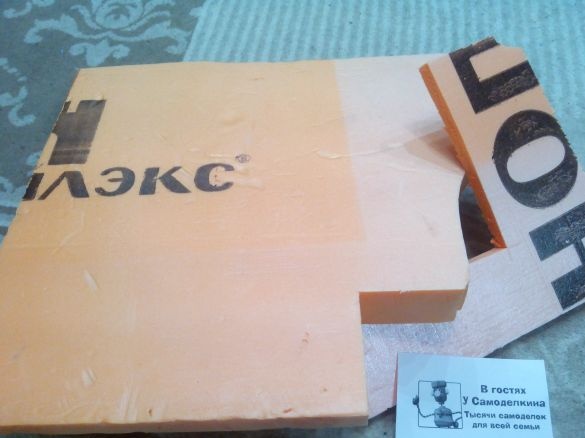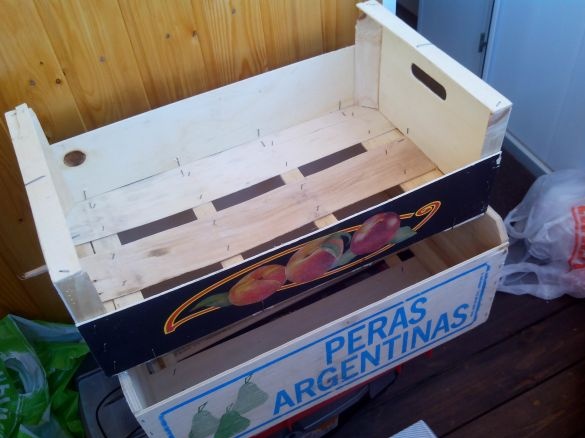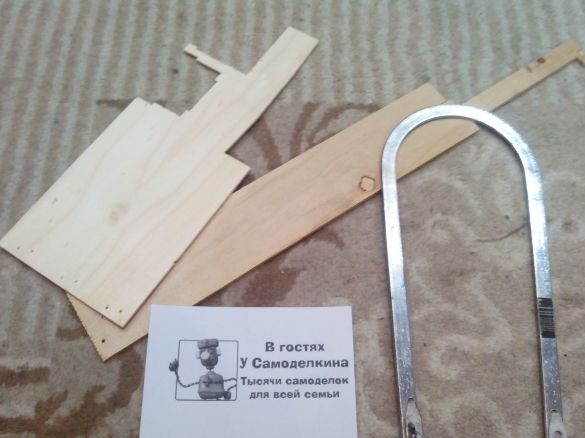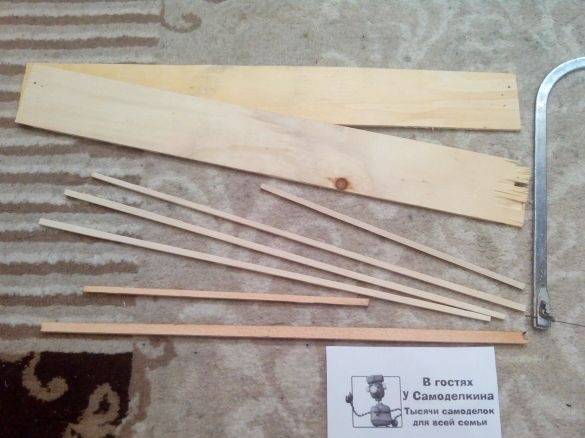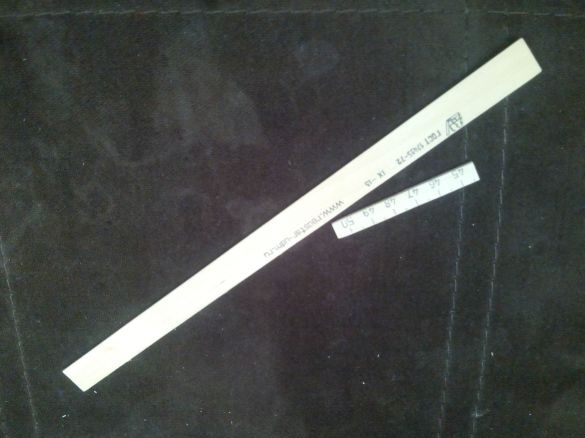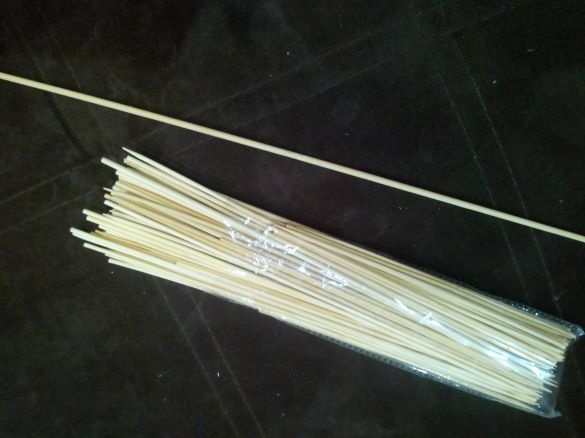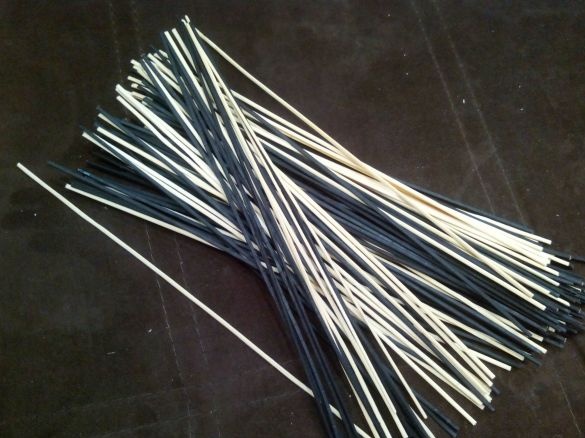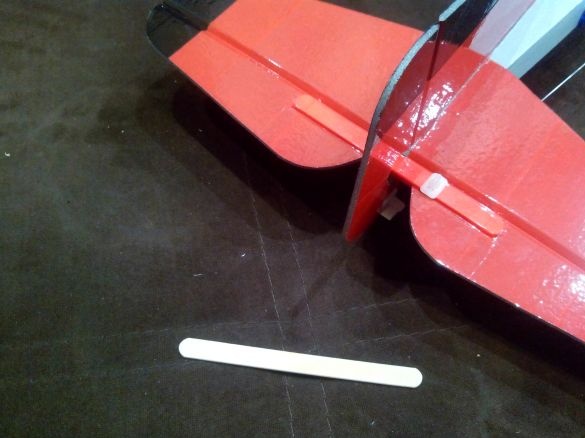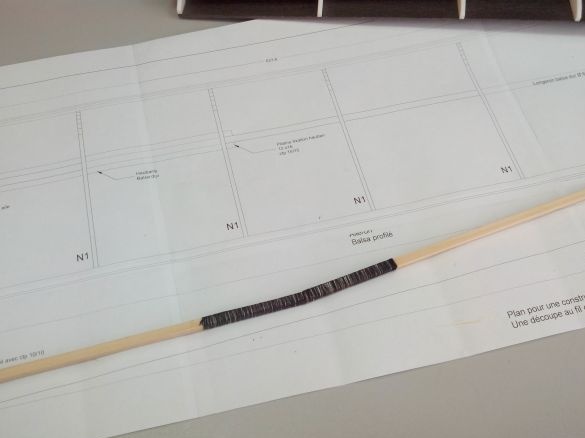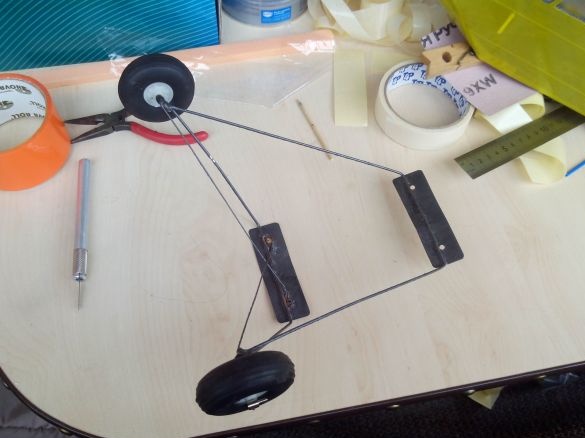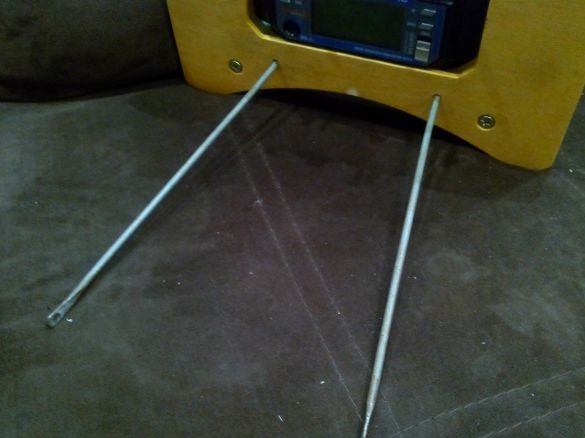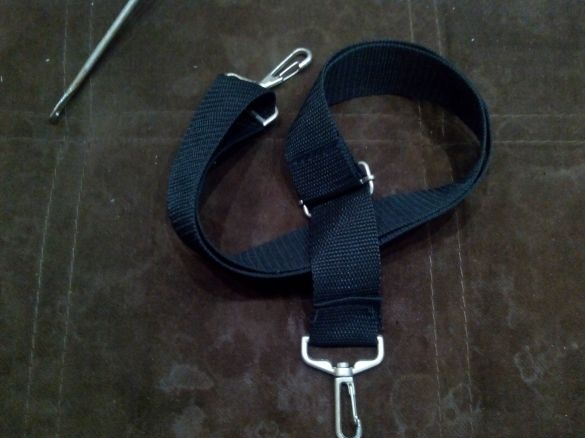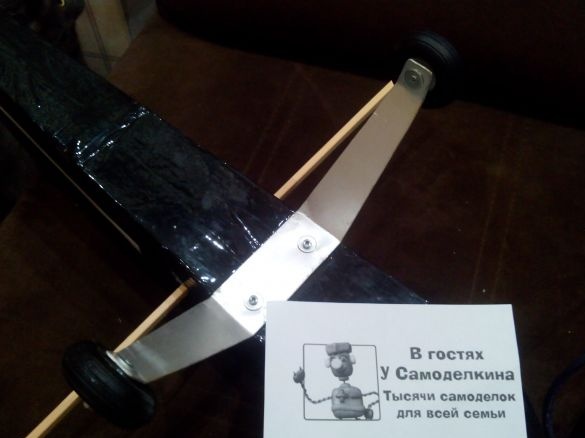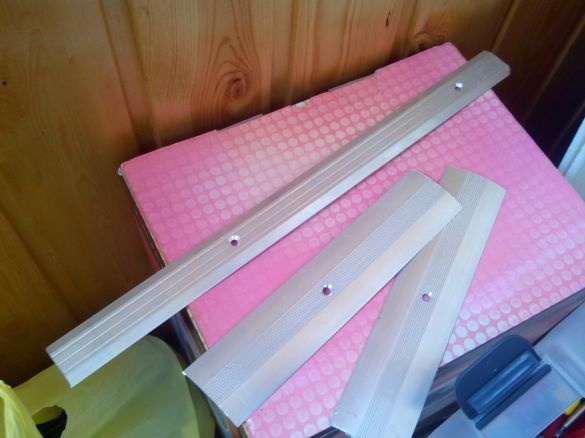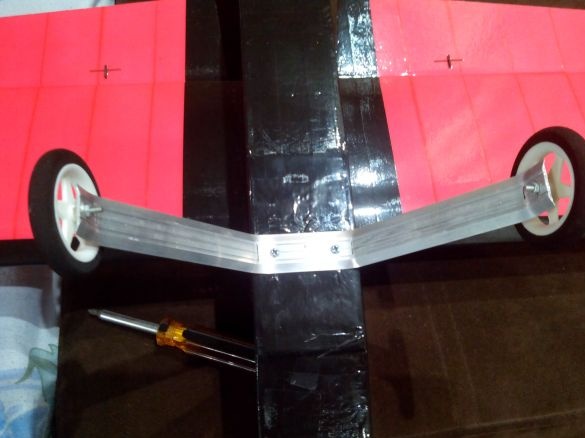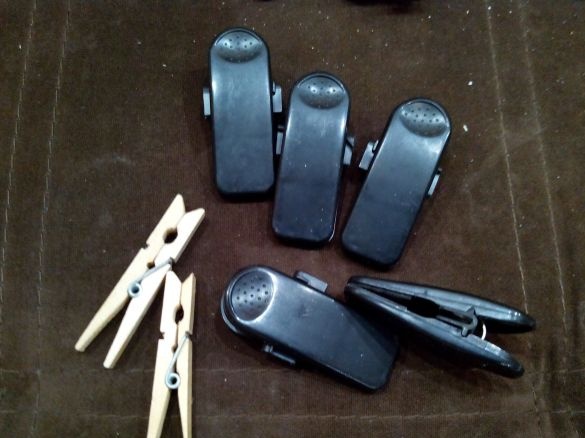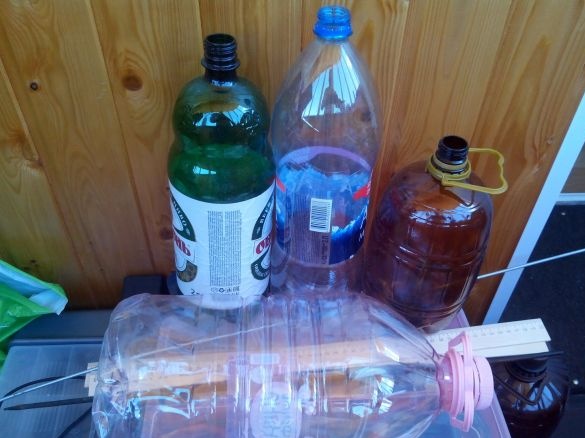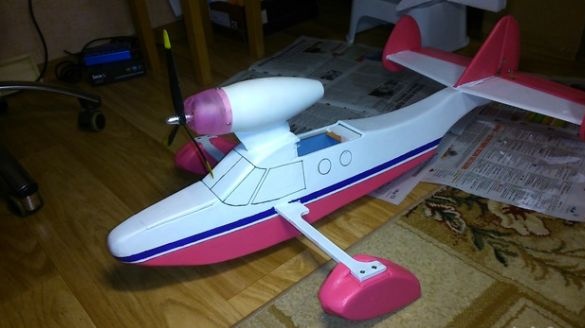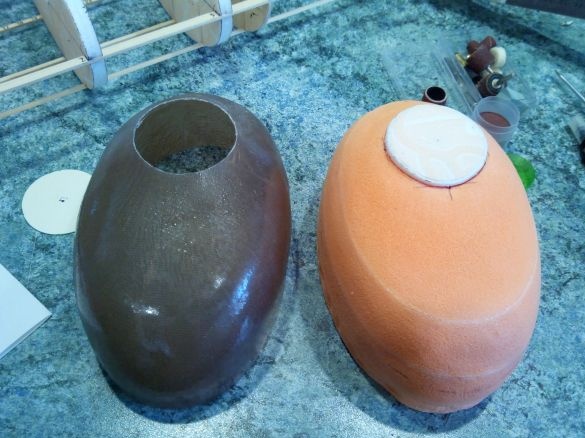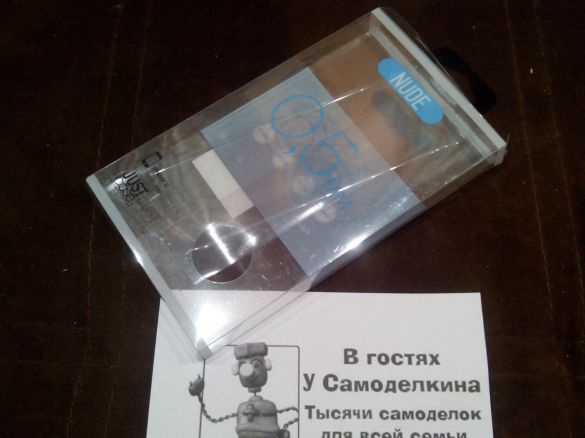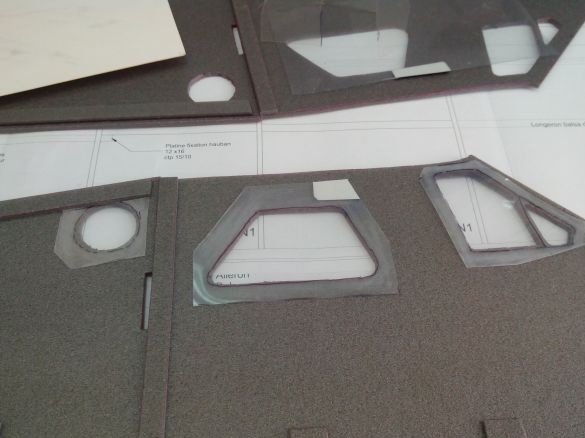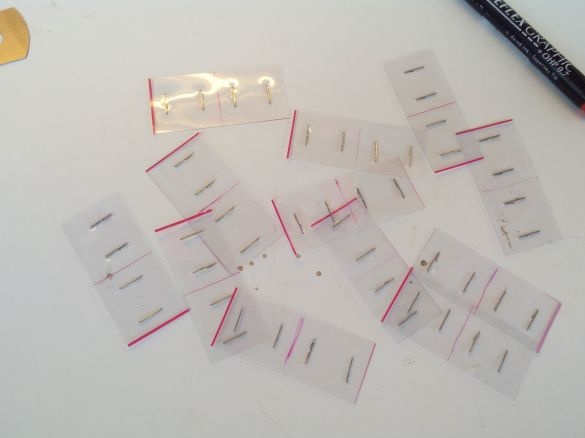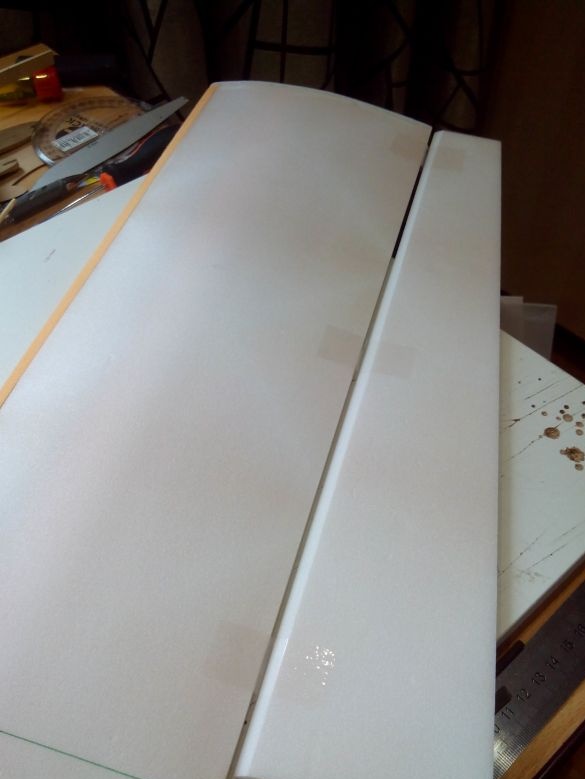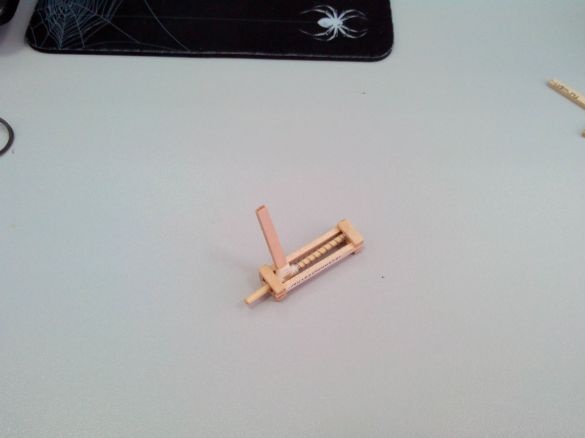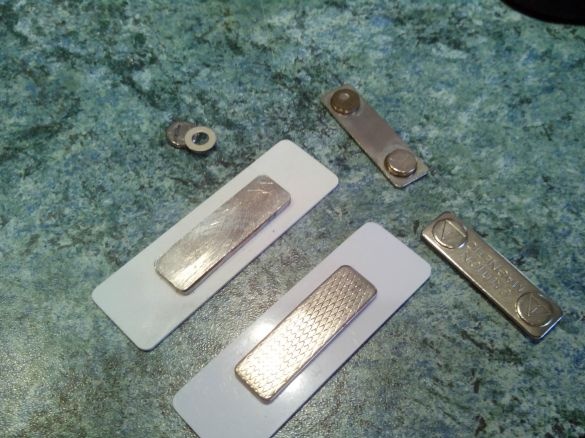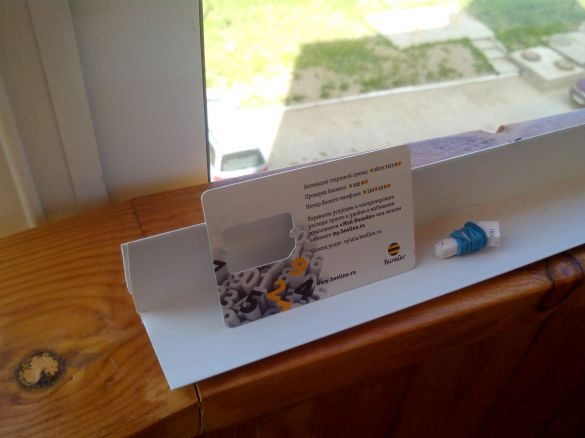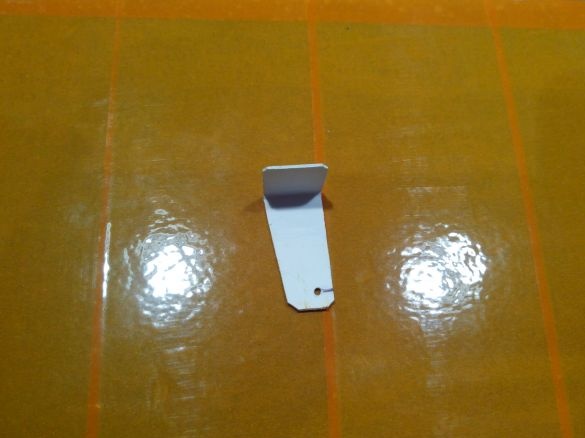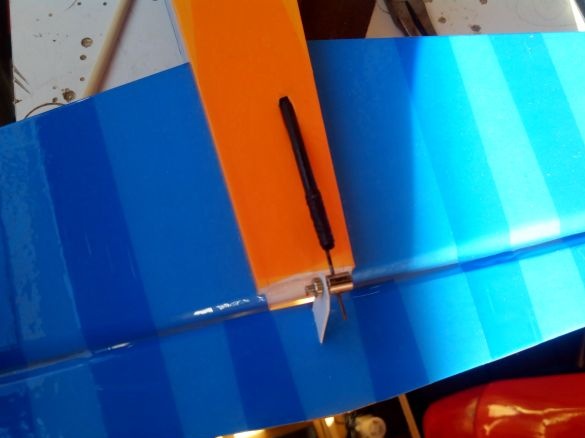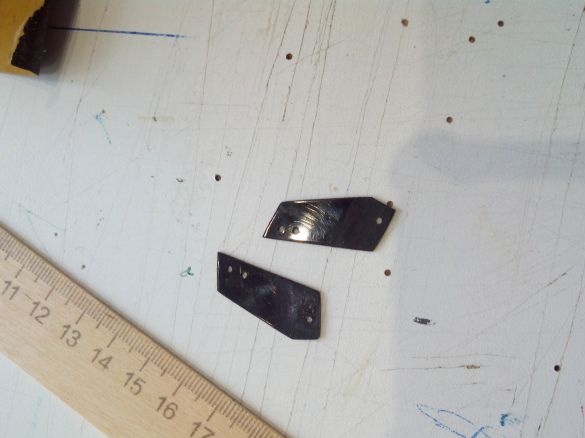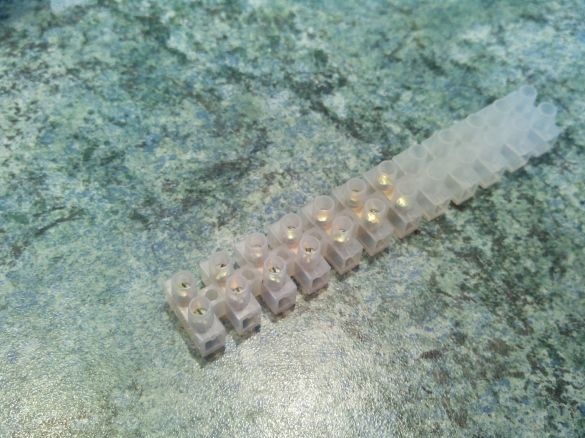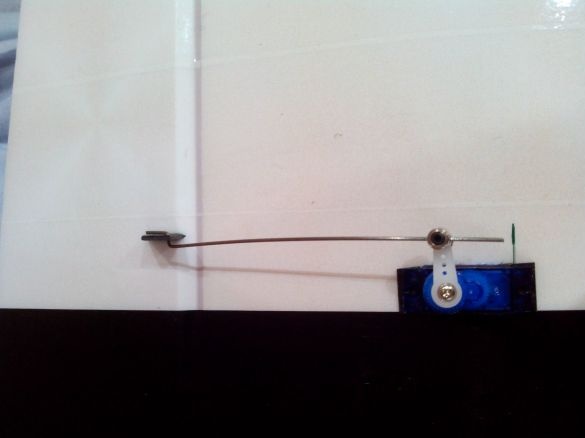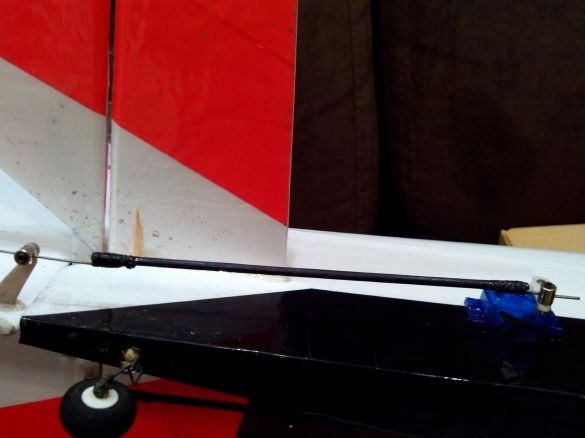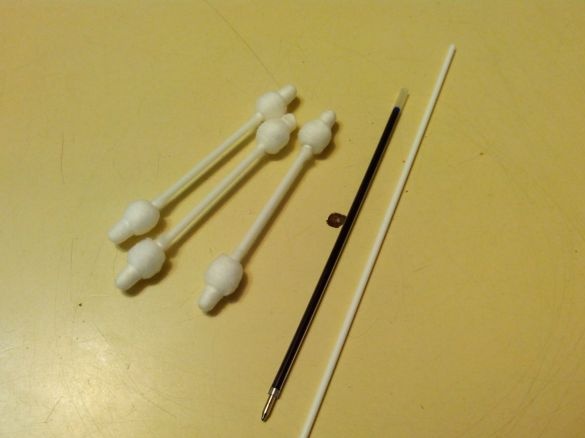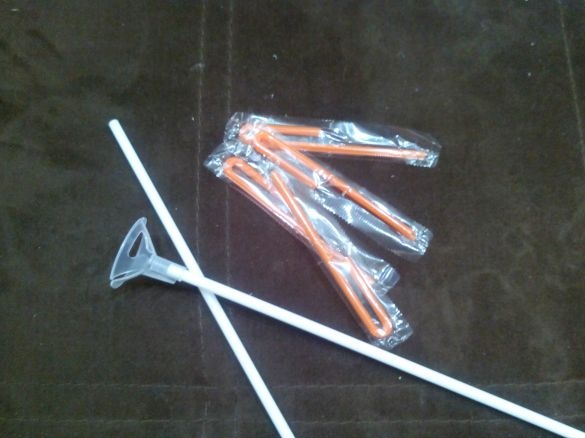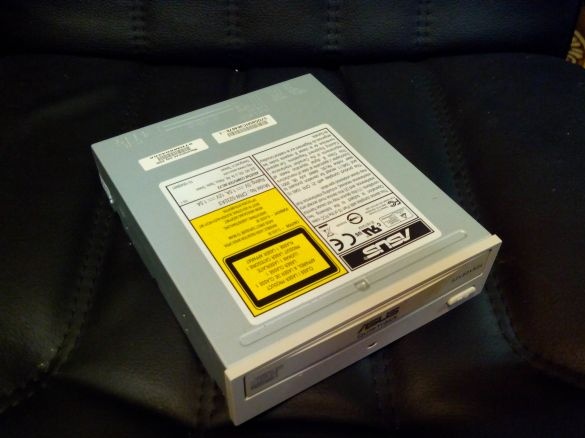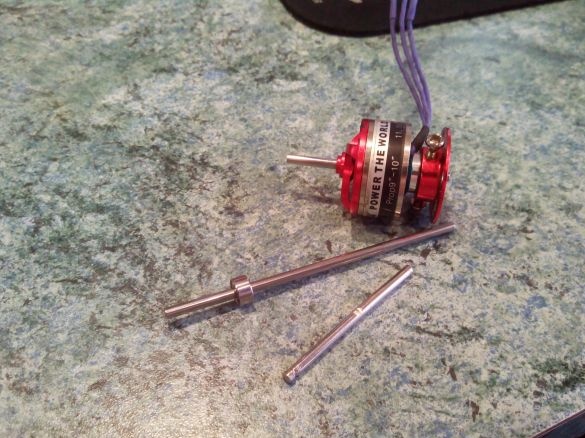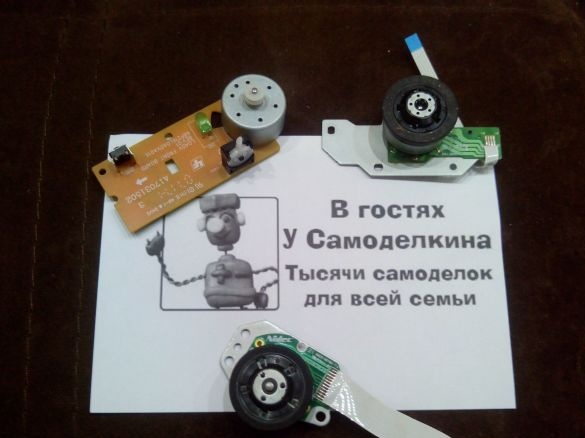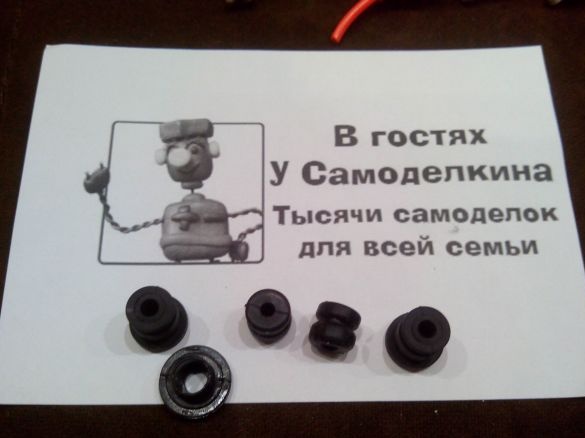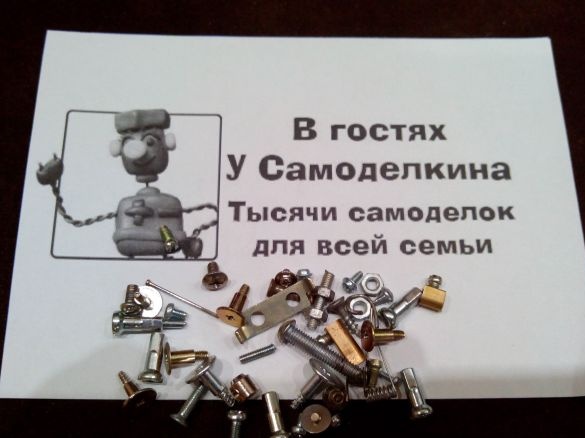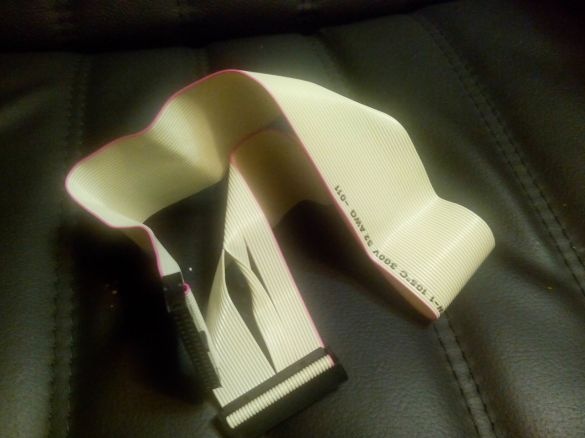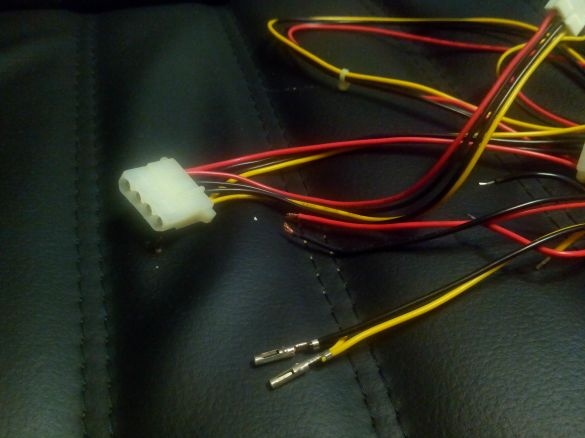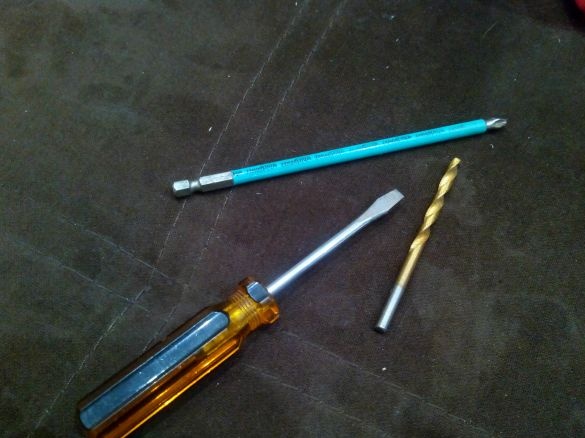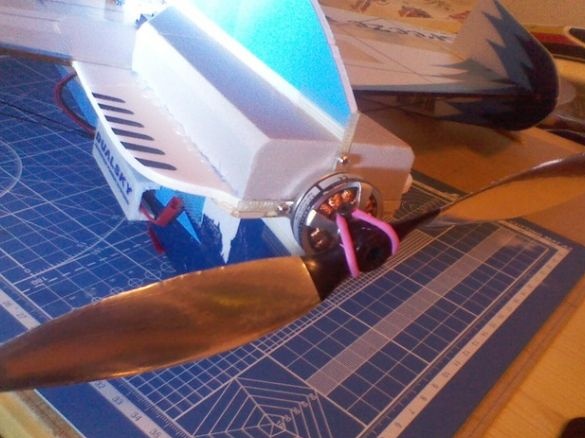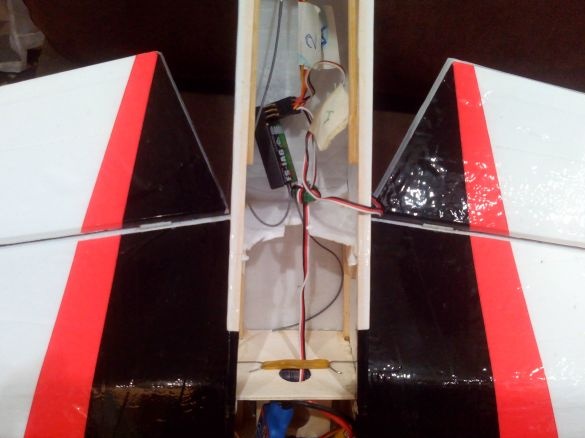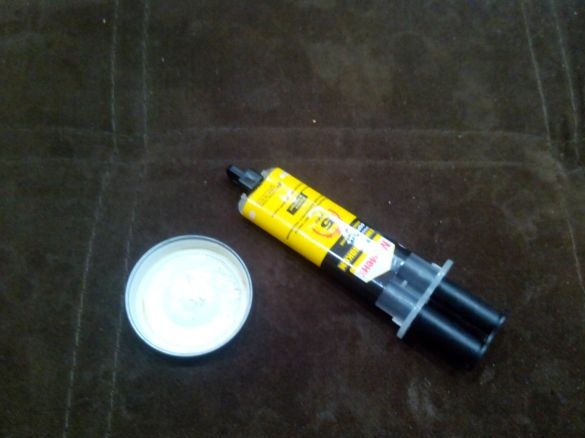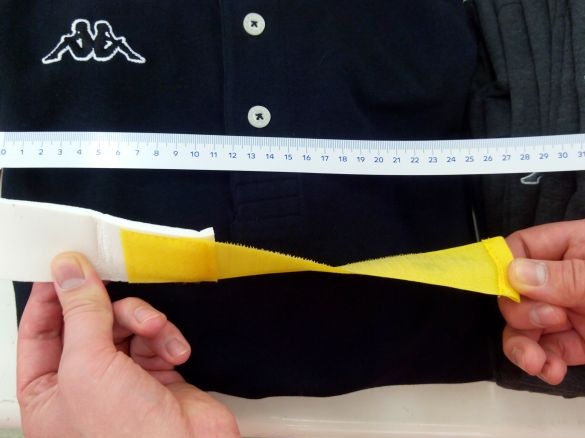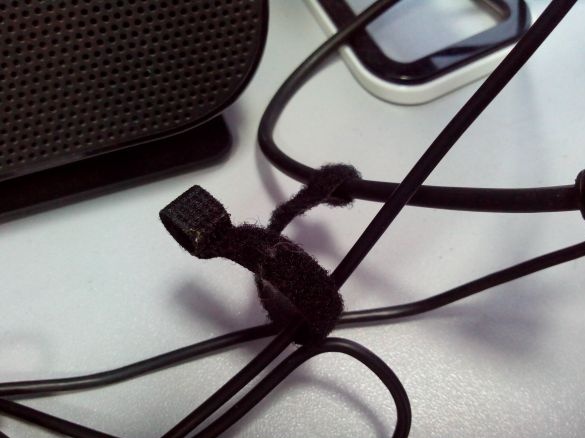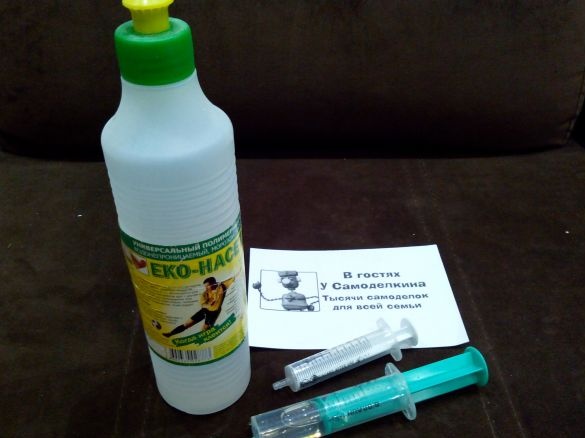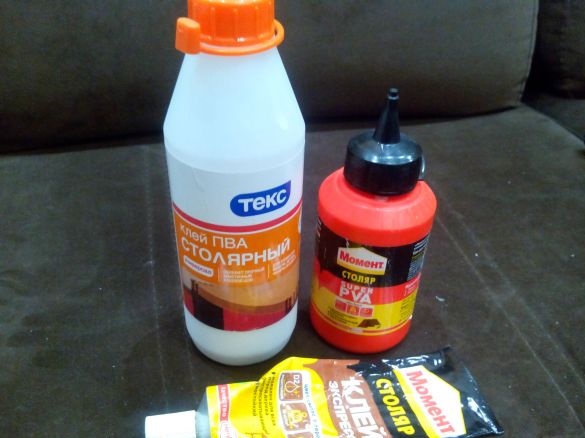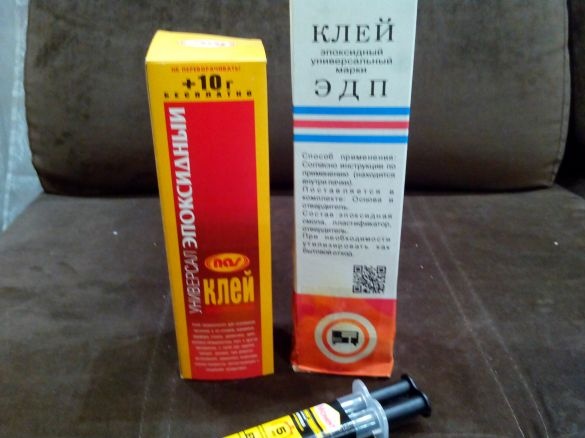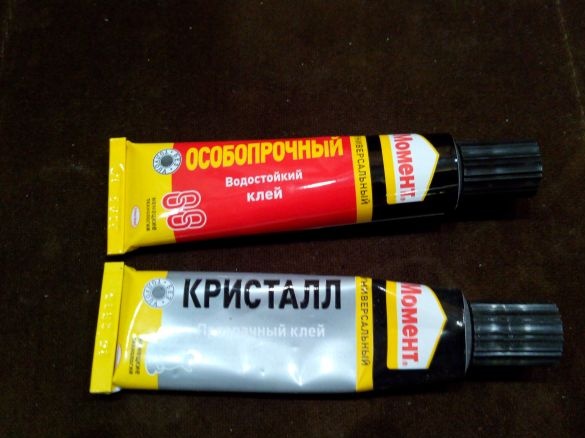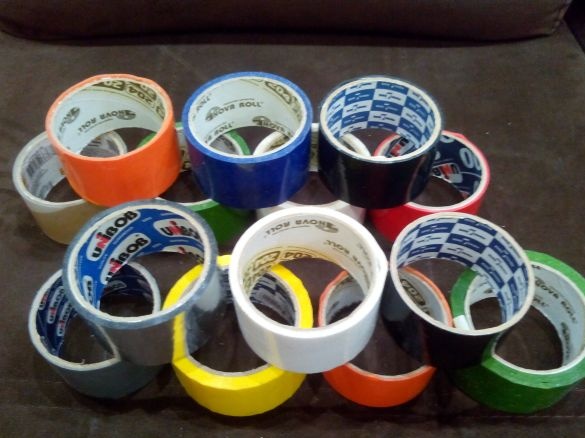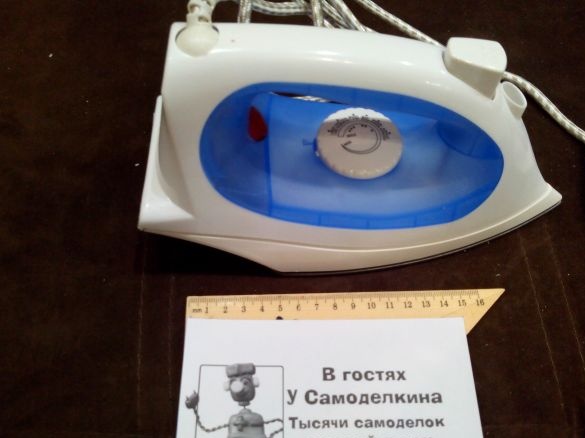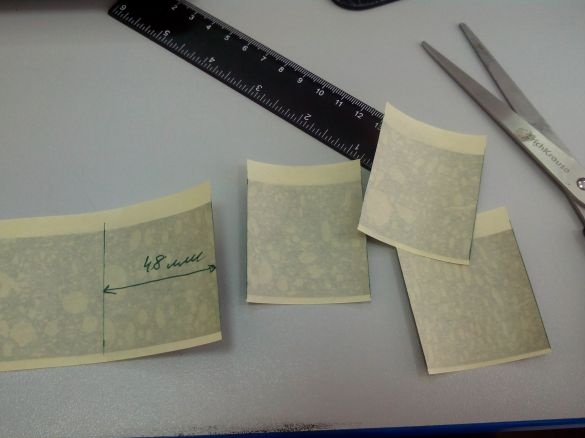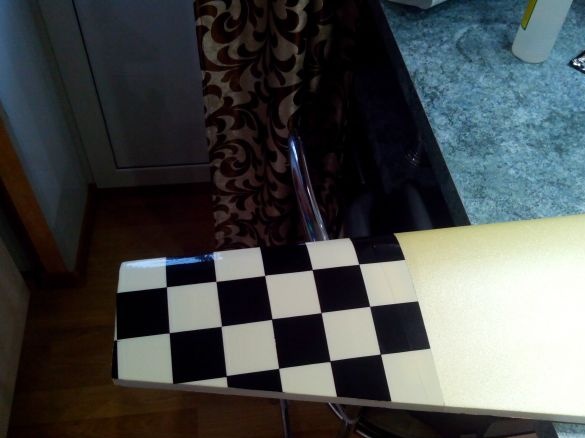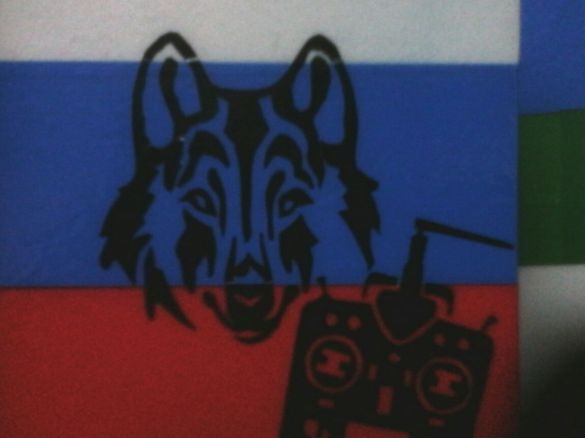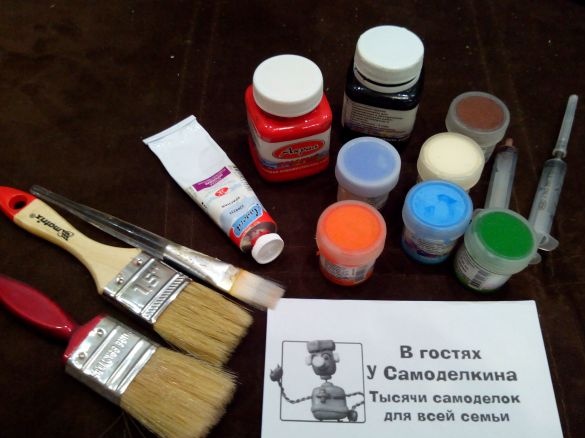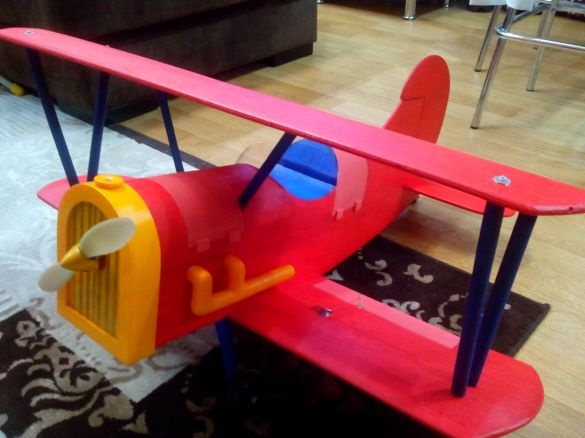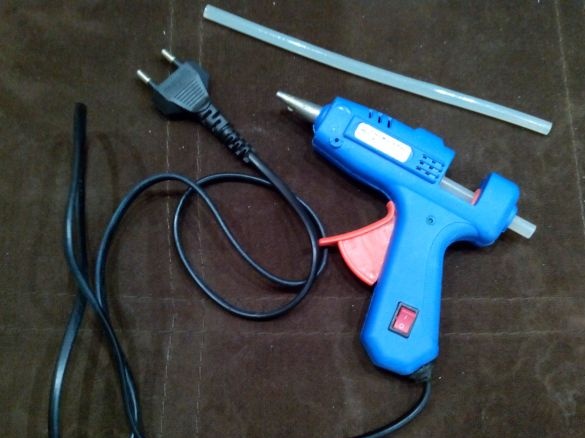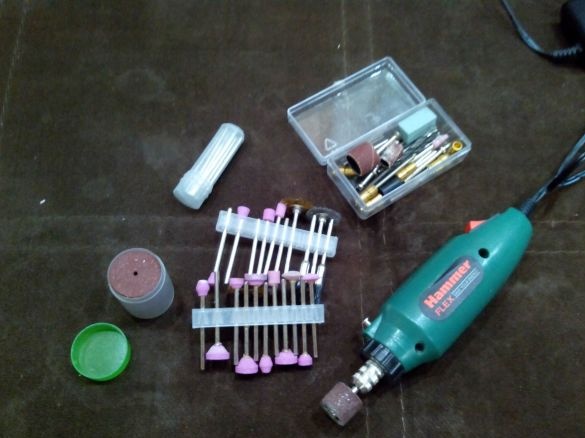In this article, I would like to share my knowledge with aircraft models on the topic of how you can replace purchased parts of aircraft models and some tools. And from what in general it is possible to make an aircraft model.
Various online stores now, we can say, are littered with all sorts of things for technical types of hobbies, and any part or material for a future model can be bought. But many of them can be bought right near the house or made independently from improvised things or even from trash.
I'll start with the main, so to speak, material from which many aircraft models are made - this is a ceiling tile, a depressor (a substrate for a laminate) and a foam (orange insulation). Perhaps, in addition to electronics, these are the only materials that you will have to specifically buy in the store (unless, of course, after repair they were not left behind anywhere).
Ceiling tile sold in any store for repair. Tile thickness - 4 mm. It is worth noting that ceiling tiles are different in both shape and density. This should be taken into account when choosing, because some of its types bend very well along the fibers, and some are so rigid that it is better to cut out rigid structural elements (ribs, frames) from them. In addition, there are tiles in the form of squares of 50 by 50 cm, and sometimes in the form of rectangles of 20 by 100 cm. The second option is well suited for the manufacture of fuselages, so that the same sides are solid.
Of course, it is better to choose a white tile, without embossments and drawings, monophonic, so that its pattern does not shine through the tape and paint, and smooth, without irregularities on the wrong side.
Depron (laminate backing) - sold in flooring stores, usually with plates of 50 per 100 cm, 10 pieces per pack. Thickness - 3 mm (but sometimes it is also thin, about 1.5 mm). One such package is enough for the manufacture of 4-5 models with a wingspan of about a meter. Color, as in the case with ceiling tiles, it is better to choose more light, otherwise the marks are not visible with a pen, and without corrugation.
Penoplex - Sold in construction stores with plates of 50 by 100 cm. Thickness - 25-50 mm. This material differs in density and hardness. Some types can be crushed with fingers, some are hard as a board.
This material is less commonly used in the manufacture of entry-level models, but then it is already difficult to do without it. Since it is well processed with a knife and sandpaper, almost any shape can be cut from it. After processing the foam part, its surface can be primed with PVA glue, painted and varnished, after which the part (or the whole model) looks like a purchase.
Plywood for modeling, you need a thin (2-3 mm) and light, which causes some difficulties with its search in ordinary construction stores. The best source of such plywood is wooden fruit crates, for which it was nicknamed the "orange".
In any supermarket in such boxes are various overseas fruits, and the boxes themselves are often discarded after the sale of products. You can go to the employees of the outlet and ask for a couple of boxes. One box with reasonable use is enough for half a dozen models.
Reiki short lengths can also be obtained from fruit crates, but not from plywood, but from those that are knitted from thin boards. Such a board can be sawn into, or even with an ordinary jigsaw, into thin (and very light!) Slats, which are always useful for strengthening the design of the airplane.
In addition, the rails can be cut from ordinary wooden rulersthat are sold in office supplies. They are most often used for the manufacture of a wing spar.
Even in modeling, a tree such as bamboo - in the form of bamboo skewers, toothpicks and chopsticks for sushi. Thin bamboo skewers bend well over the flame of a burner or stove, which allows them to make frames of various shapes. In the direct form, they are conveniently used as tie rods for steering surfaces and as struts for wings and tail.
Sushi sticks well suited for the manufacture of landing gear or in the manufacture of frame motor.
If you need very long bamboo sticks, you can look in the attic for a bamboo mat or blinds, in which the sticks are up to a meter long.
And for the manufacture of hall (very light) models, you can use thin bamboo sticks from a small table mat.
It can also be used in some cases. ice cream sticks, for example, as a synchronizer of halves of the elevator.
Cans from canned food and drinks - a source of light and thin tin, which is well cut with scissors and soldered without much effort. From it make, for example, the base of the wire chassis.
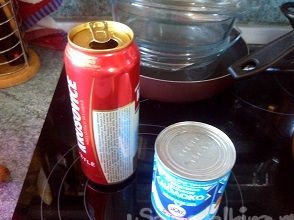
Or use tin corners (as well as threads with glue) to connect the wooden elements of the frame.
Bicycle spokes - very good and durable steel wire. Of these, you can solder the landing gear for small models.
For larger models, it’s better to buy “everything for welding” in stores electrodes or welding wire desired diameter.
The electrodes can still be used in the manufacture of a table for radio control equipment, previously knocking all the powder from them.
In addition, this table is useful shoulder strap from an old sports bag.
Many Russian dachas have idle refrigerators, inside which they can easily be tray from thin duralumin. This is an ideal material for the manufacture of landing gear on a small aerobatic model.
However, such a rack can also be bent out of a piece docking tape for linoleum.
The wheels themselves for the model can also not be bought, but made independently. For example, from foam rubber and plastic cards.
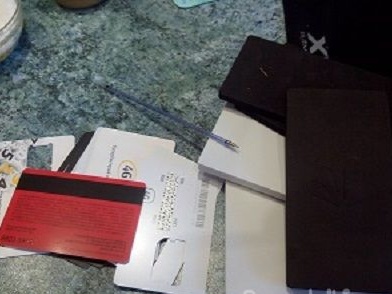
Foam rubber is easy to find in packs from tablets or take part of a tourist rug. In more detail about it can tell this article.
But instead of foam rubber, you can use cork floor mats (there is even a cork underlay for the laminate), although this is a rarer option.
When working with ceiling tiles are often needed clampsto fix, for example, the glued edge of the wing. The sale is full of various clamps, but up to a dozen of them are required when creating the model, which translates into a rather impressive amount.The most ordinary will come to replace clothes pegs and hangers clamps.
Clothespins are more suitable for gluing wooden parts or some internal parts from the ceiling, because very noticeable traces remain on the surface of this ceiling. The clips from the hangers do not have such a strong spring and sometimes they are glued with soft silicone inside, as a result of which they leave less noticeable marks. But, if necessary, rulers or plastic cards can be placed under the clips, then there will be no trace of them at all.
Plastic bottles in modelism, these are primarily the lights and hoods of aircraft models, which are made using the so-called “bottle” technology. That is, by shrinking bottles on a wooden blockhead. Although there are models made almost entirely from bottles.
A wooden block, by the way, can be replaced by a block of foam block. This material is processed very easily, you can cut it with a regular hacksaw on a tree, and sanding it with sandpaper is even easier than wood. And the result is the same.
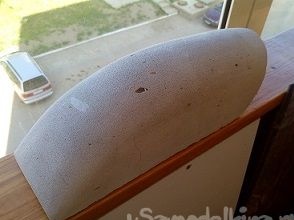
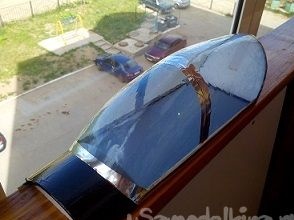
In some cases, you can use an engine hood bottle caps with various household chemicals.
Of course, in the manufacture of hoods and lights can not be ignored and nylon tights. If it is not possible to make the hood using a heat-shrink bottle, you can make a foam block and form a hood from tights on epoxy glue.
There is also about it separate article.
Thin plastic, such as a bottle, for example from various packages, can be used as imitation glass in the cockpit of an aircraft model or as hinges for steering surfaces.
At all, hinges in aircraft modeling - this is the same creative process, because they can be done in several ways:
Made of tin and wire
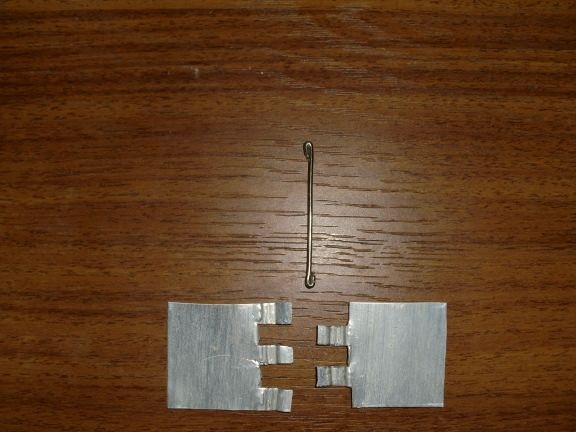
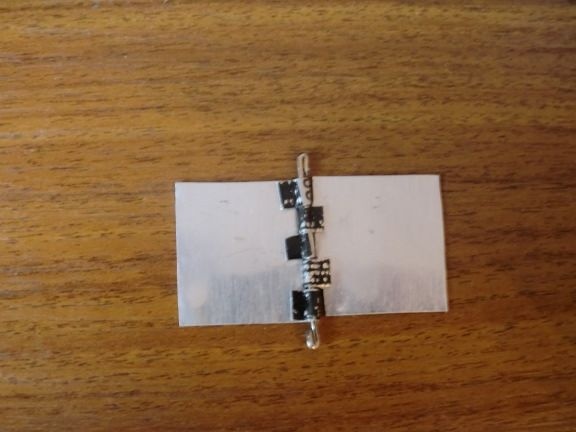
Of threads and rulers
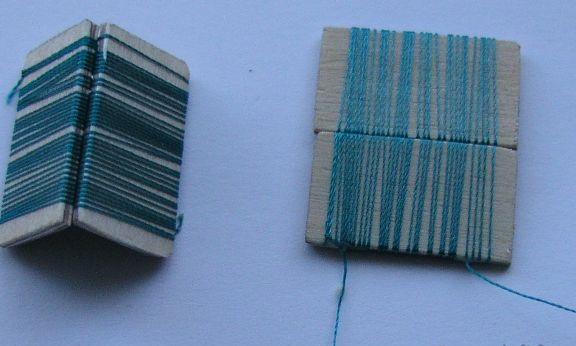
From plastic and staples from a stapler
From scotch tape
Instead of purchased locks for hatches, you can also use homemade, from battens, bamboo and springs from a ballpoint pen.
Or use to fix the cap magnets from the badge.
However, the manufacture of various locks is also there.
Homemade boars in the steering surfaces can be made from building corner.
It is convenient primarily because after bonding the boar does not need to be additionally strengthened in the steering surface, its bend on the back is enough.
In the absence of a corner, you can make a hog from plastic cards or harder plastic from some packaging. Or from the old CD.
But such a hog needs to be fixed with an additional piece of wire or paper clip from the back, otherwise it will be pulled out very quickly.
Purchased locking rods and wheels can also be replaced with homemade ones, using ordinary terminal blocks. In many ways, they are even more convenient, since they do not need a thin and rare hexagon, a simple screwdriver to fix them.
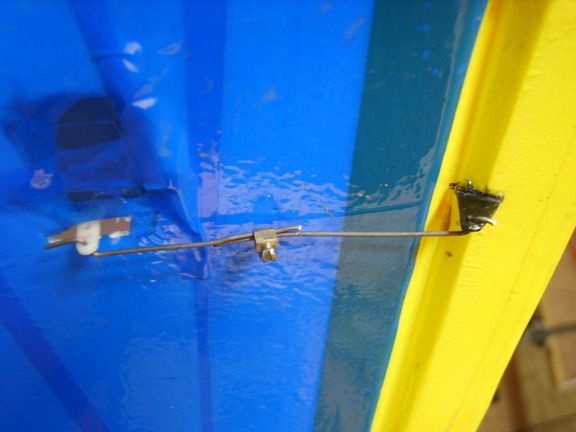
Rods of steering surfaces can be made of steel wire entirely, or from all the same bamboo skewers to which pieces of steel wire are wound at the ends with glue and thread.
As bowden you can use ballpoint pens or cotton budsif traction made of wire.
For rods from bamboo sticks, bowden can be made from cocktail straws or from balloon sticks.
It is better to glue Bowden on five-minute epoxy glue.
Now we turn to such an inexhaustible (in terms of spare parts for modeling) parts of modern life, such as Personal ComputerHe is RS.
Old Cd dvd drive from a computer is a whole klondike for a modeler.
Firstly, it has one or two guides for heads with a diameter of 3 mm. They are ideal for replacing a bent motor shaft, for example.
Secondly, the laser head itself has strong neodymium magnets, which can be used in the hatch of the aircraft model hatch to quickly close it.
Thirdly, directly by myself engine the drive can be rewound and used for its intended purpose on aircraft models with a thrust propeller.About how to rewind the engine - is separate article, and how to remake the engine for the needs of aircraft modeling - here (and there are even videos on YouTube).
In addition, the drive come in handy rubber washers (under the base of the engine, for example, to damp vibrations) and various bolts and screwswith which you can fix various elements in the models.
If necessary, even himself body The drive can be used to produce thin but strong metal plates.
Computer loops from now-unused floppy drives or from IDE hard drives are great for making servo extension cords.
If the loop length is not enough, you can use wires from network cable (twisted pair), there were 8 of them.
Four pin power connectorsmore precisely, the contacts of them can be used to connect the wires of the motor and the regulator, the main thing is to tighten them into heat-shrink tubing. However, themselves wires can also be used for engine and regulator.
If the motor shaft is bent on a larger model, for example, a shaft with a diameter of 5 mm, then as a replacement you can use drill tail or screwdriver shaft. But it is recommended to carefully measure the screwdriver with a vernier caliper, because they have a rather large error.
Purchased elastic bands for prosavers can be safely replaced rings from the necks of balloonseither take rubber bands for money.
But in general, rubber bands they are also used for hatches and even for connecting wing consoles in some models.
For diluting epoxy adhesives in small quantities, it is convenient to use caps from jars of baby food. If there are children, these covers accumulate quite a lot, and throwing them out after a single use is not a pity.
For large volumes of epoxy (in the manufacture of a hood from tights, for example), it is better to use plastic cups.
To fix the battery, regulator and so on inside the model, special Velcro straps are sold. But instead of such Velcro, you can use ski straps (sold at sports stores) or Velcro from power cables laptops and other portable equipment.
Now let's touch on such things as tools and other materials that are used in modeling.
To start - glues:
1. Ceiling glue.
It is sold in large enough bottles, but for convenience it is better to pour it into a 20-teak syringe (previously, for safety, breaking off the needle). It makes no sense to orient by names, all glues for the ceiling are mostly the same.
2. PVA glue.
The best glue for gluing wooden frame parts. A more fluid version (or diluted) is used to primer ready-made models or parts thereof.
3. Epoxy adhesive.
Need as normal two-component epoxy glue - for the manufacture of hoods and lamps from tights, and five minute - for fast bonding of various parts of the model. There is still gluea minute, but it can only be used together with a standard mixer nozzle, on the lid (when stirring with a match) it freezes faster than it can be mixed well.
4. Super glue.
It is used a little less when working with the ceiling, because it mercilessly dissolves it, but is often used in balsa models.
Multi-colored adhesive tape.
It is sold in many office supply stores, but does not shine with a wide variety of colors. I met only white, black, red, blue, cyan, green, yellow and orange. There is also a gray reinforced (convenient for strengthening the leading edge of the wing) and transparent.
All other variations are some special adhesive tape in a strip and so on.
To work with adhesive tape (and with model film, too) you will need a special model ironto pin this tape to the ceiling tile or box.
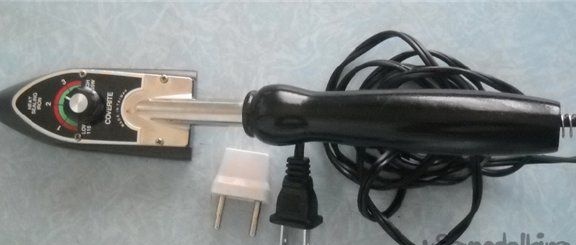
But such an iron is quite expensive, and therefore it can be easily replaced with an ordinary iron, only first you need to practice well and empirically select the right temperature so that you do not wipe away the remains of the molten tape from it.In the future, if the hobby is very keen on, you can buy a small iron in a supermarket for sale or even go broke on a model iron, but this is everyone’s personal choice.
In addition, for cutting colored tape into narrow strips (and even for cutting some patterns) it is very useful base from self-adhesive films. You can stick tape on it, and then cut out almost any pattern with scissors and a cutter or cut the tape into thin strips. Scotch tape from such a base peels off very well and does not lose its properties, and the resulting application can be easily transferred to the model.
An example of a drawing from black tape.
If for some reason it’s not possible to work with adhesive tape, you can paint the model acrylic paints. But here too there are subtleties.
Firstly, light-colored paints do not always paint over the marks of the pen on the ceiling, which affects the appearance of the model.
Secondly, acrylic paints in cans can dissolve the ceiling and depron, since they contain a substance that reacts with polystyrene, and therefore it is necessary to use the paint in tubes or cans, and apply it with a brush or swab.
Thirdly, this paint dissolves with water, and therefore it is desirable to cover the model after painting varnish (better acrylic).
It is worth noting that adhesive tape, unlike paint, still significantly adds strength to models from the ceiling, which is important for novice pilots and in cold weather, when the ceiling becomes more fragile.
But the painted model looks neater and brighter, and the beautiful model, as you know, flies beautifully.
Of the purchased tools you may still need hot glue gun. With its help, it is convenient to fix servos in the model and grab wires so that they interfere less.
The only thing they don’t have to glue is directly to the ceiling itself (there was such a thing!), Because hot melt adhesive is very heavy, and its remnants in the form, forgive me, snot, make the model look very ugly.
In addition, modeling may be needed more than once. dremel or micro drill. In supermarkets, very inexpensive models are sold that even work from a car cigarette lighter, which allows you to use it even in the field. The kit usually comes with a large number of various nozzles for grinding, polishing, drilling, expanding holes, and even a micro grinder. But in cheap models, it is worth noting right away that the drills are useless, they can even be bent on a tree. But everything else is of very good quality.
Some modelers make a likeness of a dremel from a conventional aircraft model engine, but the question of finding nozzles remains open, and therefore there is little sense in such a dremel.
Of course, in addition to everything that I listed above, there are a dozen or two tools that modellers of all levels need (a soldering iron, screwdrivers, a screwdriver, pliers, a vice and so on), but I don’t see any point in listing them, because they are more obvious.
I would like to end this article on this, but for a little relaxation I suggest watching a small video of flights of a two-meter model from depron and adhesive tape. Yes, yes, even this size model can be made from such simple materials.


